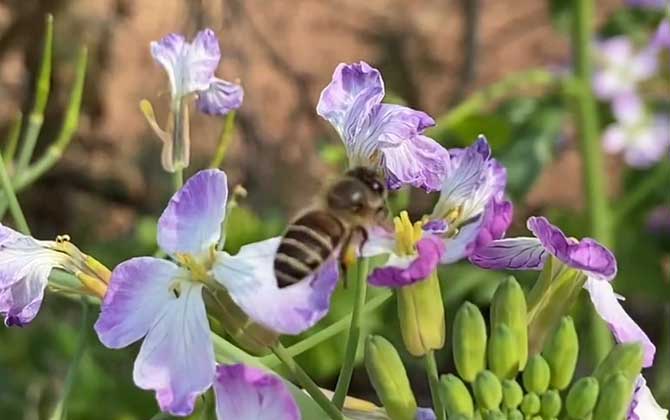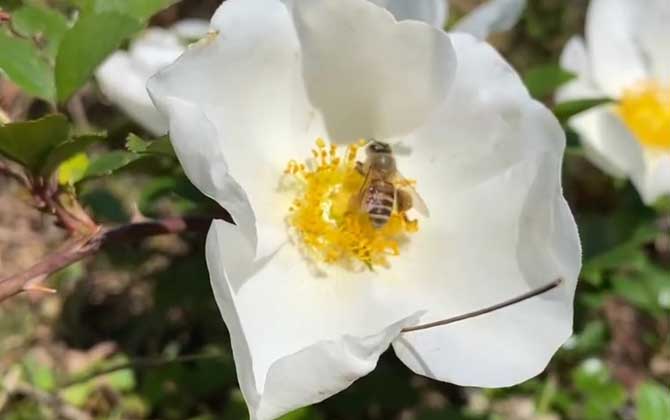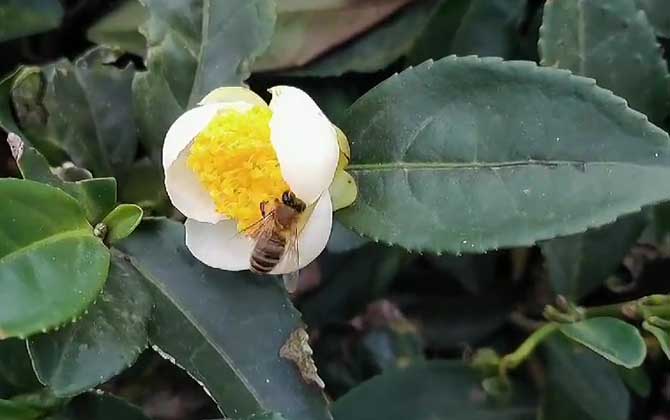Bees: Sting Mechanism and First Aid Guide
Introduction to Bees
Bees, belonging to the family Apidae and genus Apis, are resource insects renowned for their flower pollination and honey production. While feared for their abdominal venomous stingers, their toxicity is relatively mild. Most bee stings require only basic first aid for complete recovery. This article explores what happens if a bee’s stinger remains embedded and provides comprehensive management guidelines.

1. Stinger Structure
The bee’s stinger is a modified ovipositor consisting of:
- 1 dorsal lancet
- 2 ventral lancets
- Barbed tips with reverse-facing hooks
- Connection to venom sac and digestive tract
During stinging, the barbed structure anchors into skin, causing the stinger and attached organs to detach from the bee. This fatal abdominal rupture explains why bees die after stinging.

2. Stinger Removal Protocol
Immediate removal is crucial to prevent:
- Continuous venom injection (2.8μg per second)
- Localized inflammation
- Potential bacterial infection
Removal Methods:
- Use sterilized tweezers – grasp base of stinger
- Credit card scraping – for shallow embedment
- Vacuum extraction – for deep penetration
Never squeeze the venom sac during removal. Monitor for 24 hours for delayed reactions.

3. Toxic Reactions
Symptoms progress through three stages:
| Time Frame | Reactions |
|---|---|
| 0-2 minutes | Immediate burning pain (2-5/10 intensity) |
| 2-30 minutes | Erythema, edema spreading 2-5cm |
| 30+ minutes | Pruritus and possible systemic reactions |
Note: 3-5% of population may experience anaphylaxis due to:
- Hyaluronidase (venom spread factor)
- Phospholipase A₂ (cell membrane disruptor)
- Melittin (pain-inducing peptide)

4. Comprehensive Treatment
Step 1: Wound Cleansing
- Bees (pH 5.0-5.5): Use baking soda (1 tbsp/cup water)
- Wasps (pH 8.0-8.5): Apply vinegar solution
- Universal: Cold compress (15min on/15min off)
Step 2: Topical Applications
- Over-the-counter options:
– Hydrocortisone cream (1%)
– Antihistamine gels
– Nantong Snake Medicine (traditional remedy) - Natural remedies:
– Crushed plantain leaves
– Aloe vera gel
– Honey (antibacterial dressing)
Step 3: Allergy Management
- Administer oral antihistamines (e.g., cetirizine)
- Monitor for:
– Urticaria beyond sting site
– Respiratory distress
– Swollen tongue/airways - EPI-Pen use if prescribed
Preventive Measures
- Wear light-colored clothing (bees perceive dark colors as threats)
- Avoid floral fragrances in cosmetics
- Maintain 3m distance from hives
While 90% of bee stings resolve within 72 hours with proper care, repeated stings (>50) require immediate medical attention due to cumulative venom effects. Always consult healthcare professionals for vulnerable populations (children, elderly, immunocompromised).